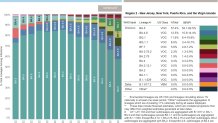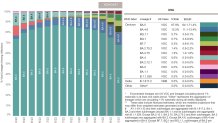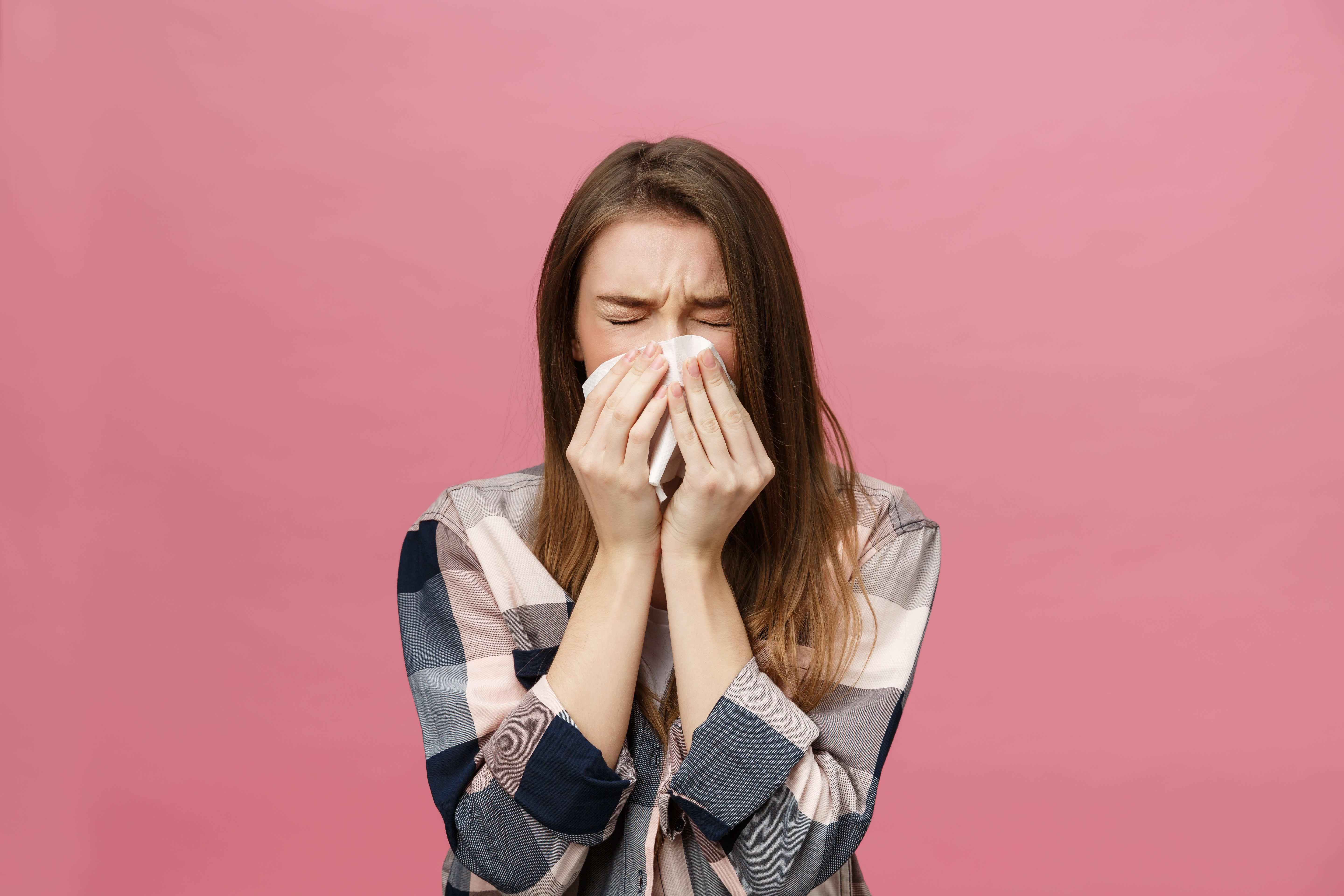Two new COVID-19 variants that quietly emerged on the scene over the last few weeks -- ones that Dr. Anthony Fauci has described as "pretty troublesome" -- are becoming increasingly prevalent in the New York area and stoking fresh concerns as the nation braces for yet another potential winter surge, the latest CDC data shows.
You may not have heard of these two subvariants before -- BQ.1 and BQ.1.1. Both are descendants of omicron, which has proven to be the most vaccine-elusive and infectious COVID variant to date, and both are spreading at rapid rates.
That's especially true in the CDC's New York region, which also includes New Jersey, Puerto Rico and the Virgin Islands. According to the health agency's latest variant report, those subvariants account for 11.6% and 8% (19.6%), respectively, of COVID cases for the week ending Oct. 15, up from 4.1% and 1.9% (6%) in the report two weeks prior.
The CDC estimates those two variants could account for up to 36.6% of New York area cases, which is nearly double the highest-range estimate at the national level.
Get Tri-state area news and weather forecasts to your inbox. Sign up for NBC New York newsletters.
NY Region Variant Data, According to the CDC

Both variants' shares in the New York region are well above their national representation.
According to the CDC, BQ.1 and BQ.1.1 each account for 5.7% of U.S. COVID cases, about 11.4% of the total. They barely registered on the CDC dashboard to start the month, accounting for 1.8% and 1% of cases (2.8%), respectively.
US Variant Surveillance Data

Neither New York City nor state currently break out all of the 12 omicron subvariants currently being monitored by the CDC -- and BQ.1 and BQ.1.1 are not yet labeled separately on either health department's running variant reports.
That could change, should the spread rate continue at this level. At this point, local COVID cases and hospitalizations have not been up markedly, by any stretch. The city's rolling new case rate is stable, while rolling deaths and hospitalizations are down, health department data show.
Statewide, the rolling new case rate has ticked up marginally over the month of October after dropping in September. The rolling new case rate is down 6.9% over the last month and 18.4% over the last two months, with higher-than-average case rates in the Southern Tier, Central New York and Mohawk Valley regions fueling the numbers.
The hospitalization rate is up 27.6% over the last month, the latest data shows, and now stands at early September levels. More than half of hospitalized COVID patients didn't have COVID listed as a reason for admission, though, which implies those cases were not severe -- and is welcome news for health officials at all levels of government.
Reinfection data is incomplete, so it's not clear if those rates have been affected by the new variants' emergence.
Given how COVID in New York has foreshadowed viral waves in other parts of the country, experts are monitoring the situation closely. Neither subvariant has been proven to be more likely to cause severe illness or death, but Fauci said the strains appear to have a concerning "doubling time" in terms of spread rates. The second, B.Q.1.1., appears better than the other at evading antibodies from vaccination or prior infection, he added.
Still, that both strains descend from omicron means the new omicron-specific boosters will likely provide some protection. Early clinical trial data suggests that the boosters work well, CNBC reported.



